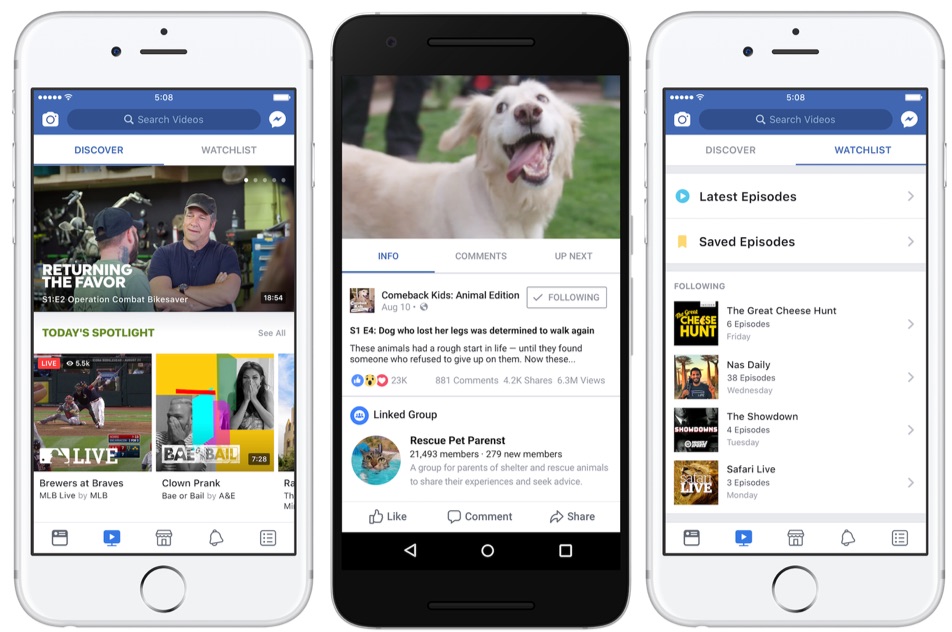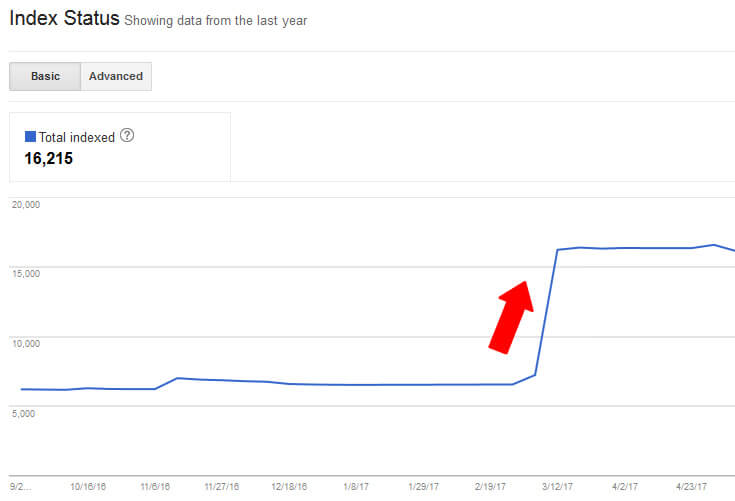Here is an article on How to Build a Lead Magnet Into Your Product to Fuel Growth.
Be sure to read the full article and view the original site
If you’re looking for new ways to prospect new business for your product or service, a lead magnet could be a valuable investment. A lead magnet is essentially a gateway drug or a bribe to coax your target audience into your marketing or sales funnel. You ‘bribe’ a prospect with a specific piece of value in exchange for their contact information that you can then use to nurture a relationship that hopefully leads to a sale.
The value-offer of lead magnets are often pieces of content like:
- Case studies
- eBooks
- White Papers
- Exclusive videos
But they can also be:
- Discounts
- Free shipping
- Free trials
- Free tools
- Tickets to an event
I’m sure all of these types of lead magnets have been successful for many businesses at some point in time, but at Proposify, we’ve found that a lead magnet that’s built directly into our SaaS product is the most effective way to attract qualified users who then convert to paying customers.
A lead magnet that’s part of your product is different from the examples listed above because it’s usually specific to your product and service. Done right, this type of lead magnet should demonstrate the value and benefit you can provide to your prospect if they choose to pay for your product or service.
Using our experience at Proposify, along with other examples, I’ll outline six steps to building a successful lead magnet into your product.
1. Be Extremely Specific
At Proposify, we use business proposal templates as a lead magnet to drive free trials of our online proposal software.
Proposal templates are free, but they can only be used within our product, so the user has to sign up for a free 14-day trial of Proposify.
The templates then act both as a top of funnel acquisition tool, and they help new users onboard faster.
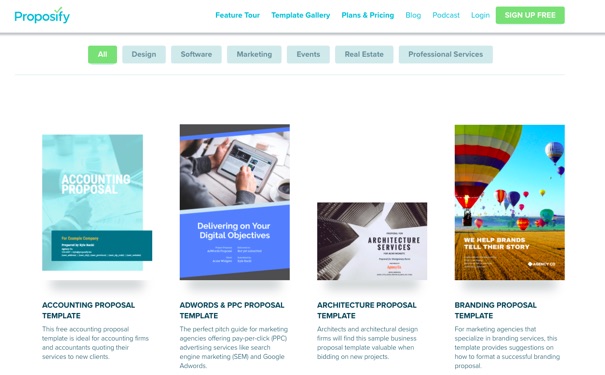
We offer a document (proposal template) that is specifically related to our product (online proposal software), and specific to an industry (accounting, marketing, architecture, etc). Combined with some SEO work, we end up ranking quite high on Google search results for keywords our target audience is searching for in their time of need.
Someone who is banging their head on their desk trying to write a marketing proposal for a new client is likely to search for “marketing proposal template,” and may find us via our paid or organic search results. This is a key aspect of an effective lead magnet: you need to be visible during your ideal prospect’s time of need and provide a specific piece of value to help them in that moment.
Another example of this is SEOptimer. They rank first for the keyword “free SEO audit” with their free SEO Audit Tool. Someone who is not an SEO expert may struggle with where to start when tackling their site’s SEO performance. Many websites make it easy for those people to get a high-level view of their site’s performance with a free SEO/website audit/grader of some sort.
Technically, it’s just a fancy website scraper and checklist, but for someone who doesn’t know much about SEO, or who’s looking for a quick, high-level view, this tool can be extremely valuable. This lead magnet is part of SEOptimer’s product that they give away solely for the purpose of generating leads.
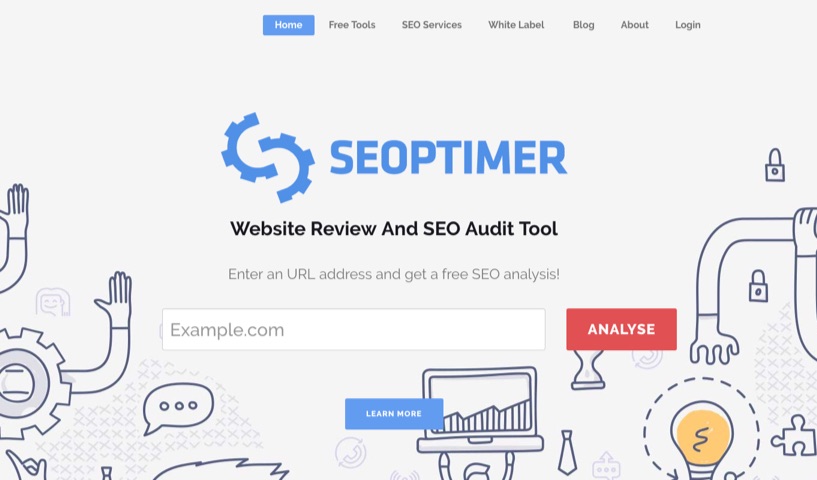
This tactic likely drives a lot of top of funnel traffic for SEOptimer, but could stumble when trying to contact leads, since they don’t ask for your email. They could do retargeting, or domain matching to emails, but I can’t confirm. The sixth step gets more into developing the relationship, an area where SEOptimer could improve.
2. Offer High Value
It sounds like a no brainer, but your lead magnet needs to be valuable to your lead. Content marketing is exploding, and competition for your audience’s attention online has likely never been tougher than it is today.
The only way to break through all of the noise is to create something of value that attracts your audience, holds their interest, and is valuable enough that ideally, they share it with their network. We like to think that if someone would be willing to pay for your lead magnet, but you’re giving it away at no monetary cost, then it offers value.
Our templates save time, money, and sanity. Coming up with designs and copy can be a huge time suck when you’re trying to get a proposal out the door to a potential client quickly, so our free templates are a high-value offer.

HubSpot is another great example of a company that gives a lot of value away for free; in fact, they give away an entire CRM for free. HubSpot has tons of content on lead magnets, and they certainly practice what they preach. As part of HubSpot’s marketing, they’re challenged with selling the concept of inbound marketing as well as their complementary inbound marketing products. What better way to get people into inbound marketing and the HubSpot ecosystem than to give away parts of it for free?
3. Make it Easy
You need to remove any barriers that might make it difficult for your target audience to recognize the value of your lead magnet. A common mistake is adding too many fields in your lead generation form, which results in a lower conversion rate. You need to find a way to pull as much data as you can from your lead, without turning them off from submitting.
Building a lead magnet into your product should also have the added benefit of making it easier for a user to get into your product. Our proposal templates help attract new users, but they also help speed up our customer onboarding process by making it simpler for users to send proposals faster.
The aforementioned SEOptimer makes it extremely easy to get value from their free Website Review SEO Audit Tool. All you have to do is enter your domain and go; no long forms to fill out or extra information to provide. HubSpot’s free CRM mentions right in the support documentation that they are, “Confident that you can get set up in less than 10 minutes”, making it an uncomplicated decision for the user to get started right away.
4. Provide Instant Gratification
After you’ve made it as easy as possible for your lead to get to the meat of your lead magnet, you need to provide some instant gratification. If the user doesn’t find value quickly, they’ll be less likely to continue to engage with your lead magnet, and certainly less likely to pay attention to any future lead nurturing or conversion tactics you may deploy.
Part of the reason we have proposal templates is to shorten the process between when a user starts a free trial, and when they send out their first proposal. The templates reduce the arduous task of spending hours on a design or layout and instead gets the user closer to the gratification of sending out a proposal and winning new business, an area of great satisfaction for our customers, and a leading metric of success for the adoption rate of Proposify.
With SEOptimer’s audit tool, seconds after you enter your domain they deliver a free, high-level website audit with an easy-to-understand grading system. They make it easy to learn how they break down their grading system, in addition to identifying the most necessary improvements for your domain.

Providing a high-quality, and visually appealing report like this in a matter of seconds is a great example of providing instant gratification for a lead magnet. It is something you can easily understand, get value from, and take action with right away.
5. Demonstrate Your Value
While this is a list of six things you should do when building a lead magnet into your product (and you should do them all!), this one is the most important step.
Building a lead magnet into your product should communicate your true value proposition. A lead magnet that’s part of your product helps the user understand what you can do for them, and demonstrates the potential value before they pay for it. This is the precise reason that free product trials exist.
A lead magnet that clearly demonstrates your value proposition is the holy grail, whether it’s built into your product or not. Someone who is experiencing a problem that you can solve and finds your lead magnet is a very qualified lead and will be much more likely to investigate your product or service further.
We’ve seen this with our proposal templates. Once a user signs up for Proposify’s free trial and uses a template to send a proposal, they also experience our other valuable features such as proposal metrics, digital signatures, variables, and content library.
Another great example of this is ChartMogul, a SaaS subscription reporting, analytics, and metrics tool. Although they don’t rank organically on the first page of Google for “LTV calculator,” they have a great example of a free tool that demonstrates the value of their product.

Having an LTV (lifetime value) calculator is great for a one-off calculation, and much easier than manually doing it. But, it’s very likely that if you’re someone looking to find out what your LTV is once, you’re going to want to track that on a more frequent basis, with, say, a dashboard. That’s exactly what ChartMogul does, and they have a handy call-to-action right below the calculator to let you know.

Similar to how SEOptimer’s audit tool identifies areas of improvement in your website, the company WordStream offers a tool that grades your Google AdWords account.
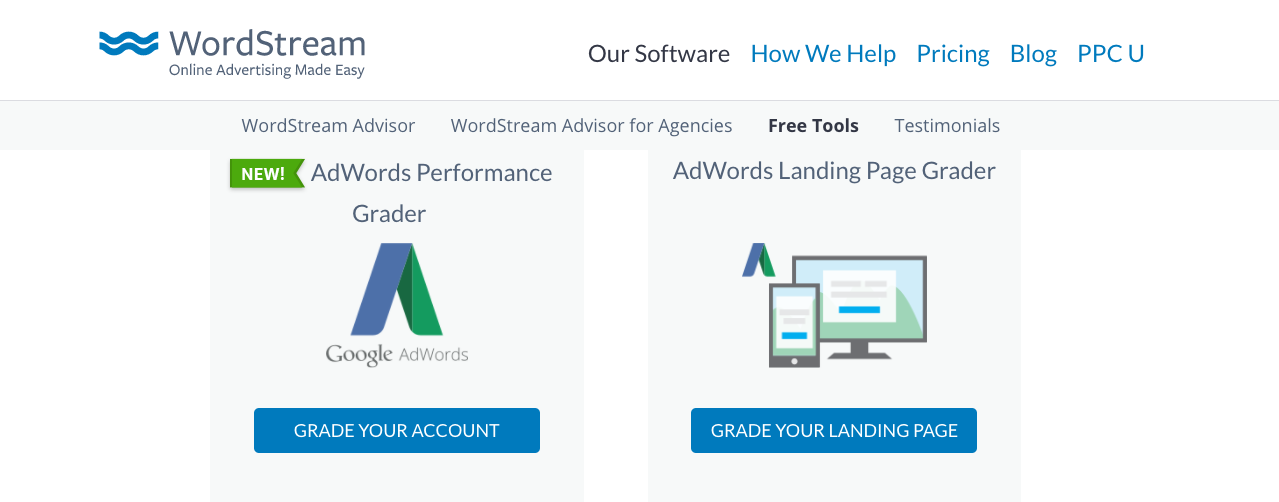
After using their product to grade your AdWords account, they are betting on the fact that they will find areas of improvement, and that their PPC software will be more attractive. The tool could also help WordStream segment their audience and identify accounts that spend a lot on AdWords, and could easily find a positive ROI from their software.
6. Nurture the Relationship
Finally, your lead magnet may be valuable to your user, but it’s not valuable to your business unless you nurture the relationship, bringing the prospect closer to the point of purchase.
Examples of nurturing the relationship are varied depending on where the prospect is in your marketing or sales funnel. Typically in B2B, it might include an automated email drip campaign; qualifying information such as industry, company size, or job title; following the brand’s social profile; or booking a call with a salesperson.
Users of our templates must sign up for a free trial with their name and email, and this enters them into our onboarding drip sequence. Once users enter this sequence, they can be further qualified based on their activity, like number of sessions, proposals sent, and users added.
If you’ve ever downloaded a HubSpot lead magnet, then I’m sure you’ve experienced being ‘nurtured’. I won’t go into best practices for nurturing sales leads, but HubSpot has tested more than a few different tactics. I found this one interesting: a colleague and I entered HubSpot’s CRM at different times, but by linking our company information, this “Product Specialist” was alerted and reached out to me:

SEOptimer includes two calls-to-action in their email; one for connecting you with SEO services, and another for white-labeling their lead magnet as your own. Essentially this means that their main lead magnet is not just built into their product, it IS their product, making it about the most meta example of building a lead magnet into your product that you can find!
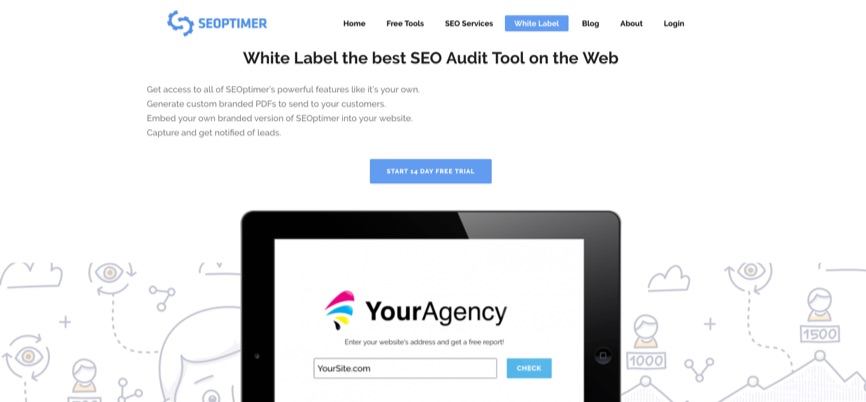
However, SEOptimer could improve their ability to develop the relationship after you use their lead magnet. I have not once been contacted or retargeted about white-labeling their SEO audit tool. That being said, I don’t work at an agency pitching SEO services, so perhaps they’re doing a good job at weeding out unqualified leads.
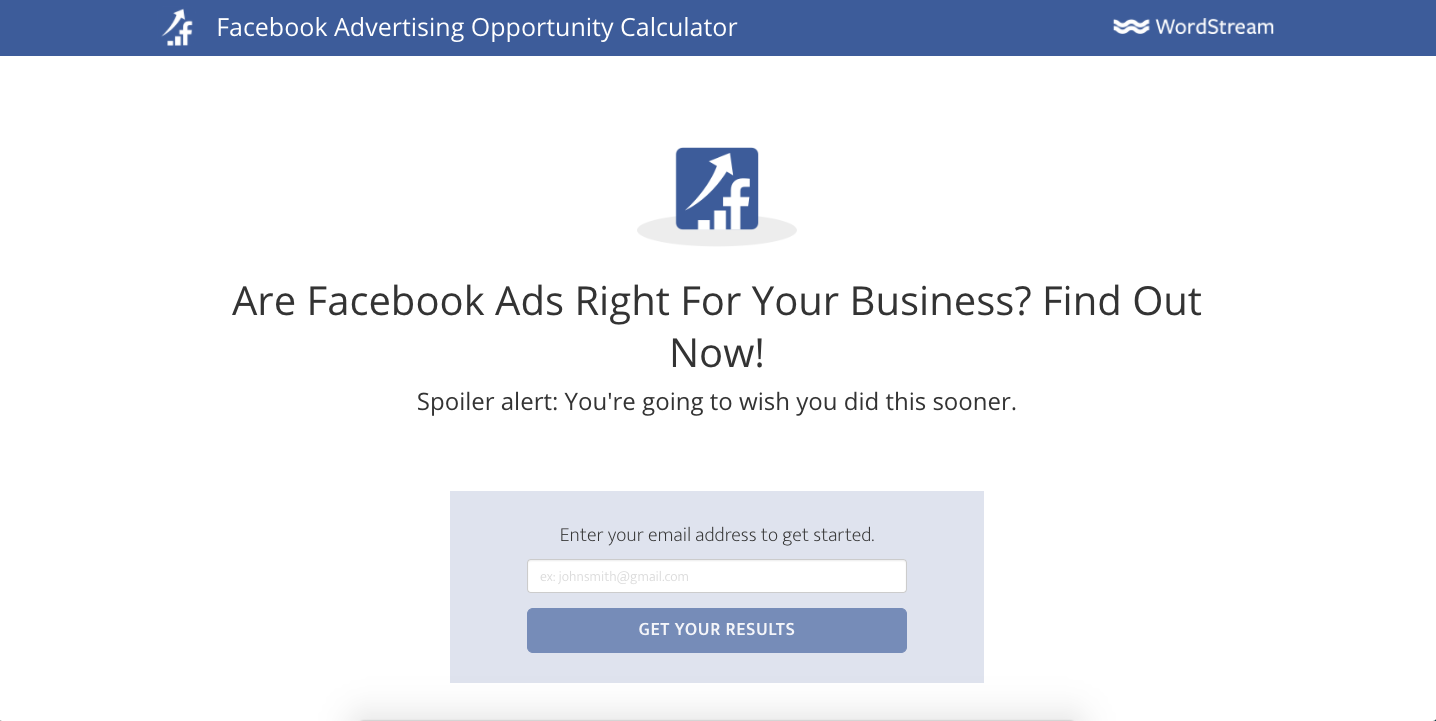
WordStream does a better job of moving the user to the next stage of their funnel, as they require you to enter your email before actually using their free tools.
Lead Magnet Success Metrics
After you create your lead magnet, crossing your fingers and hoping for the best probably isn’t the best course of action. Make sure you’re tracking each stage of your prospect’s lead magnet journey with a tool like Kissmetrics.
View original article here



 What’s different about the holidays this year? If you’re a marketer, you need to know how your target consumers have changed their needs, wants and shopping habits before you can truly craft your best seasonal strategy. You also had better keep an eye on what your competitors are doing differently.
What’s different about the holidays this year? If you’re a marketer, you need to know how your target consumers have changed their needs, wants and shopping habits before you can truly craft your best seasonal strategy. You also had better keep an eye on what your competitors are doing differently.


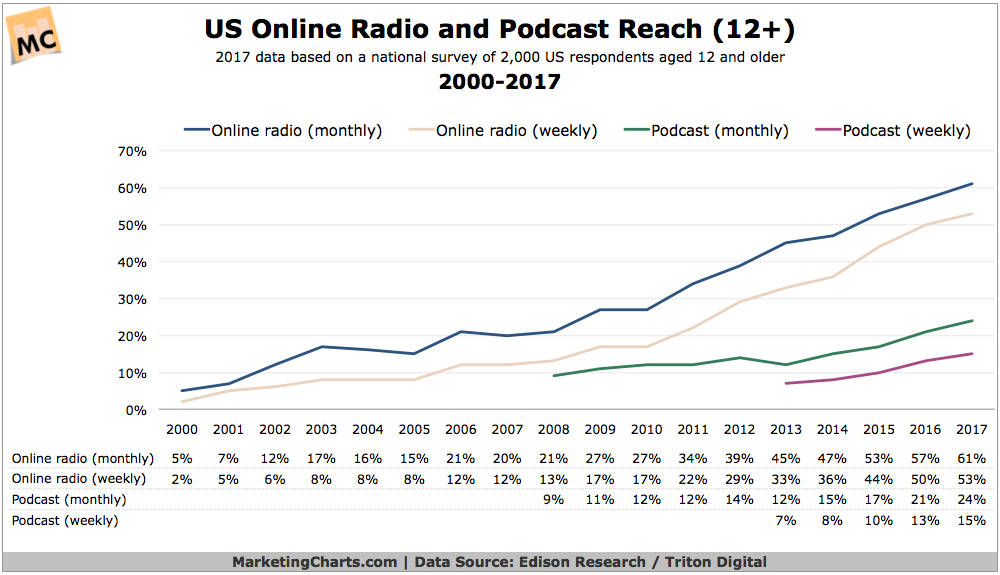
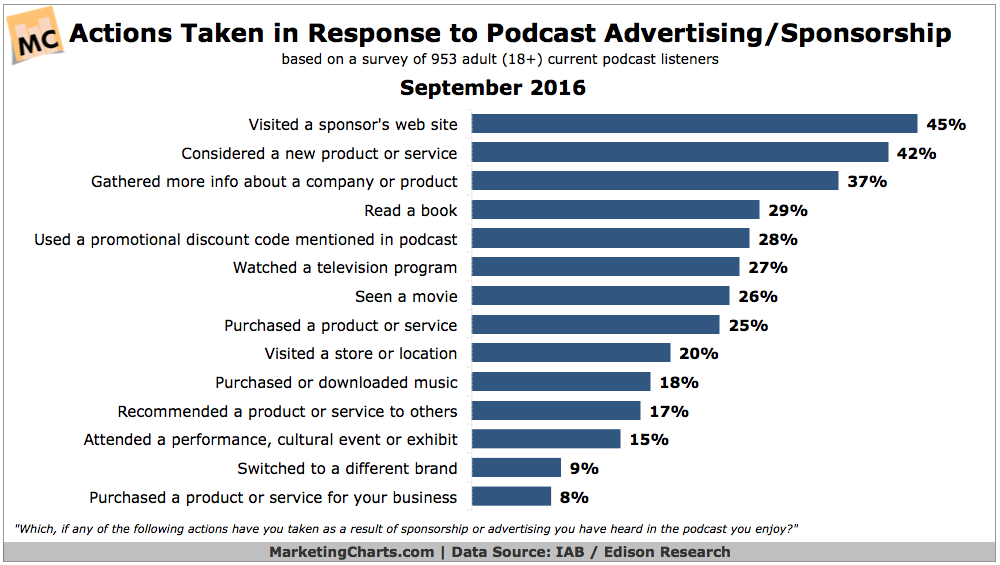

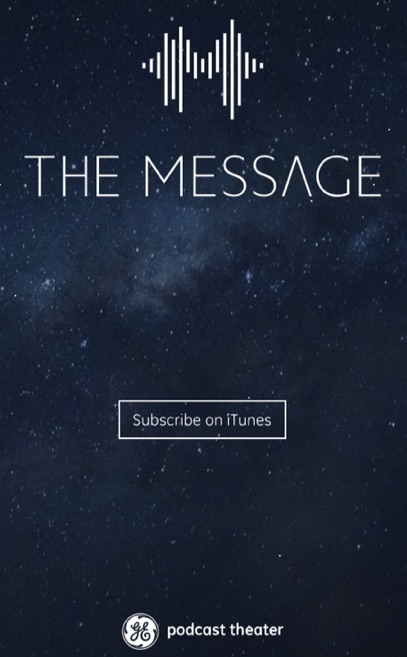 As part of their digital marketing, General Electric has started a podcast that works well with the audio format.
As part of their digital marketing, General Electric has started a podcast that works well with the audio format.